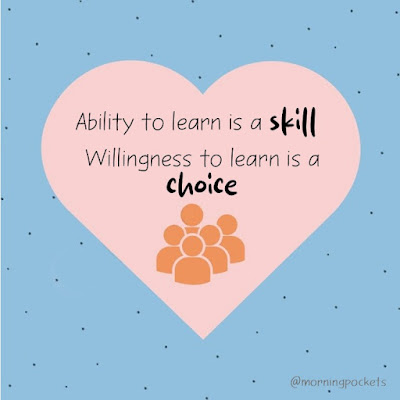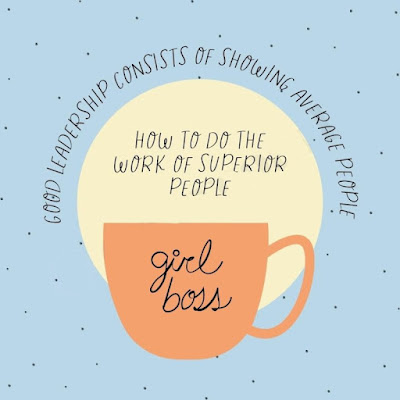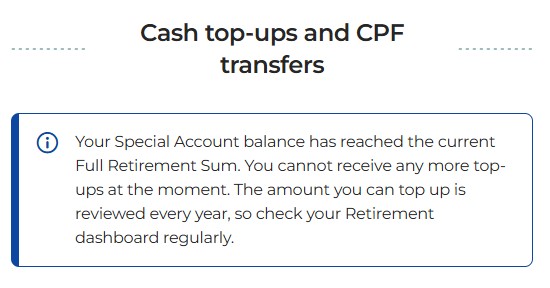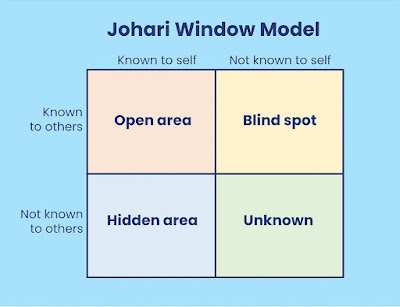In my recent career coaching sessions (3 and 4), my coach guided me through Singapore’s mid-career transition landscape and explored various government-supported programmes.
We also discussed industry trends, and even touched on the past weeks' workplace challenges I’ve been facing.
Mid-Career Transition Programmes in Singapore
One of the key focuses of our sessions was Singapore’s SkillsFuture Career Transition Programme (SCTP), a train-and-place initiative designed to help mid-career individuals like me pivot to new sectors or roles.
The SCTP offers industry-relevant training, career advisory services, and job placement support, which is particularly appealing as I look to switch industries.
It’s open to Singaporeans and Permanent Residents, with courses ranging from 3 to 6 months, and some even provide up to 90% course fee subsidies for those aged 40 and above under the Mid-Career Enhanced Subsidy (MCES).
We also discussed how I could use my SkillsFuture Credit ($500 base credit plus a $4,000 mid-career top-up for those aged 40 and above) to offset course fees.
Singapore Government’s Focus Areas
My coach highlighted the Singapore government’s push toward high-growth sectors, particularly finance and AI, environment and sustainability, and healthcare.
These align with the nation’s economic goals, such as the “30 by 30” initiative, which aims to produce 30% of Singapore’s nutritional needs locally by 2030 through advanced agricultural technologies.
The focus on Environmental, Social, and Governance (ESG) principles is also shaping job roles across industries, from sustainable finance to green urban planning. Healthcare, meanwhile, is expanding to meet the needs of an aging population and growing demand for care services.
Finance and AI: Technology in Finance Immersion Programme (TFIP)
The Technology in Finance Immersion Programme (TFIP) caught my attention as a robust option for pivoting into tech roles within the financial services sector.
Managed by the Institute of Banking and Finance (IBF), TFIP is an 18-month Attach-and-Train Career Conversion Programme supported by Workforce Singapore (WSG), Infocomm Media Development Authority (IMDA), and the Monetary Authority of Singapore (MAS). It includes up to six months of structured training followed by on-the-job experience with leading financial institutions.
The programme covers in-demand areas like:
- Agile IT Project Management
- Artificial Intelligence
- Cloud Computing
- Cybersecurity
- Data Analytics
- Software Engineering
Environment and Sustainability: SkillsFuture Environmental Services Courses
We also explored courses in the Environmental Services sector, which supports Singapore’s sustainability goals.
SkillsFuture offers programmes like the WSQ Diploma in Environmental Services, focusing on areas such as waste management, pest control, and cleaning operations.
These courses are often shorter (3–7 months) and cater to roles like Environmental Control Officer or Waste Management Specialist. While these are critical to Singapore’s green agenda, I found many of them leaning toward blue-collar roles, which don’t quite align with my career aspirations.
However, there are more professional-oriented options in the green economy. For instance, NTU’s Advanced Professional Certificate in Sustainable Urban Environments targets mid-to-senior leaders and covers green building technologies, renewable energy, and urban resilience.
This could be a better fit for someone like me looking for strategic, high-impact roles in sustainability rather than operational ones. The course duration is 3–6 months, with up to 90% subsidies for eligible mid-careerists.
Digital Agri Tech: A Personal Interest
The Digital Agri Tech programmes sparked my curiosity the most. These align with Singapore’s “30 by 30” goal and focus on leveraging technology for sustainable agriculture.
Unfortunately, detailed information on current courses is scarce. Back in 2021, NTUC LearningHub and Republic Polytechnic launched initiatives to train professionals in smart farming technologies, such as IoT-enabled farming systems and data-driven crop management.
These programmes aimed to prepare individuals for roles like Agri-Tech Specialist or Farm Operations Manager, blending tech and agriculture.
My coach mentioned that similar courses might still be offered through NTUC LearningHub or polytechnics like Republic Polytechnic, often under the SCTP framework.
For example, a course on Agricultural Business Management could cover government policies, financing, and tech-driven farming practices. These programmes typically require a diploma or relevant work experience and offer subsidies via SkillsFuture Credit or MCES.
I’m keen to explore this further, as the idea of combining tech with sustainable agriculture feels innovative and meaningful, though I’d need more details on course availability and job prospects.
Healthcare: Not for Me
Surprisingly, my coach suggested I consider roles like Clinic Manager or Social Services Manager in healthcare, citing my organizational skills and brief marketing stint in the sector.
However, I was quick to shut that down. My previous experience in healthcare was a nightmare—office politics were intense, and I didn’t feel the compassionate drive needed for patient-facing or care-focused roles.
While healthcare is a growing sector with SCTP courses like Healthcare Assistant (3–7 months) or Therapist Assistant (3.5–7.5 months), requiring minimal academic qualifications (e.g., one GCE ‘O’ Level pass), it’s not a path I want to revisit.
Beyond Blue-Collar: Other Possibilities
Since I’m not keen on blue-collar roles in Environmental Services or healthcare, my coach and I brainstormed other professional pathways. Beyond TFIP and sustainability-focused programmes, SkillsFuture offers courses in:
Sustainable Finance: Courses like those offered by IBF cover ESG principles, climate-related risk analysis, and global sustainability standards (e.g., ISSB and GRI). These are ideal for roles in financial institutions focusing on green investments.
Digital Economy: Programmes in AI ethics, data science, and full-stack development (e.g., Republic Polytechnic’s Specialist Diploma in Full Stack Web Development) cater to tech-driven roles across industries. These are typically 3–6 months and align with Singapore’s digitalization push.
- Built Environment: Courses like the Specialist Diploma in Sustainable Built Environment at Temasek Polytechnic focus on green architecture and smart cities, offering a professional track in sustainability.
These options feel more aligned with my skills and interests, particularly in tech and sustainability, and I’m excited to explore them further.
Reflecting on Workplace Challenges
I mentioned ongoing employee satisfaction issues, and she suggested our HR team could benefit from a third-party workshop to address them.
While it’s a good idea, I’m mentally checking out since my last day is end June, so I don’t plan to get involved. It felt great to vent, though, and my coach’s empathy made the session feel like a safe space.
Next StepsMy coach and I agreed to combine the last two sessions in July and focus on narrowing down trends beyond 2025, particularly in AI programmes and Human-Computer Interaction (HCI) modules, to align with emerging tech-driven opportunities.
We’ll also work on developing a career action plan to map out my transition steps, including specific courses and job applications. Additionally, we’ll complete the post-programme survey to reflect on the coaching experience and provide feedback.
For now, I’m grateful for the clarity these sessions have brought and the financial support from SkillsFuture to make a transition feasible.























.jpg)


